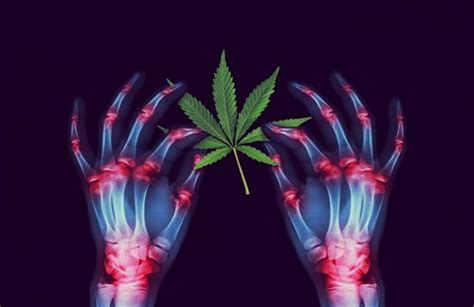
Treating pain is the primary reason cited by the vast number of Americans who use products containing cannabinoids, which are the main active components in marijuana. Yet, the question persists: does it genuinely alleviate pain, or could a placebo effect be at play? Notably, a Harvard Health article suggests that a cannabis placebo — designed to mimic marijuana in appearance, smell, taste, and feel — may offer similar pain relief as the actual substance.
For those with chronic arthritis pain, cannabidiol (CBD), a non-psychoactive component of marijuana, is being considered as a potential treatment. Unlike its counterpart, delta-9-tetrahydrocannabinol (THC), CBD does not induce the high associated with marijuana use.
Medical cannabis’s popularity is rising, and it’s now available in various forms, from gummy bears to lotions. However, the efficacy of medical marijuana for pain management, as indicated by HealthDay News, is still being debated, often without thorough consultation with healthcare providers.
Harvard Medical School experts recommend careful consideration before using medical cannabis, as it has benefits for some conditions but not others. They emphasize that while there is positive feedback about cannabis, there are also risks involved, especially for individuals over the age of 55.
Furthermore, research suggests that medical marijuana could potentially reduce the need for opioid painkillers in patients with arthritis or chronic back pain. Some patients have reported taking fewer opioids or discontinuing them altogether after starting medical cannabis.
Research by the Rockefeller Institute of Medical Research has shown that CBD can help reduce inflammation and the neuropathic pain it causes. Moreover, a study from 2018 highlighted CBD’s potential in assisting individuals with drug and alcohol addiction, suggesting its versatility in treatment applications.
With such varying reports and studies, it remains a topic of much debate and ongoing research whether cannabis and its derivatives like CBD can serve as effective pain relievers or alternatives to traditional pain management methods.